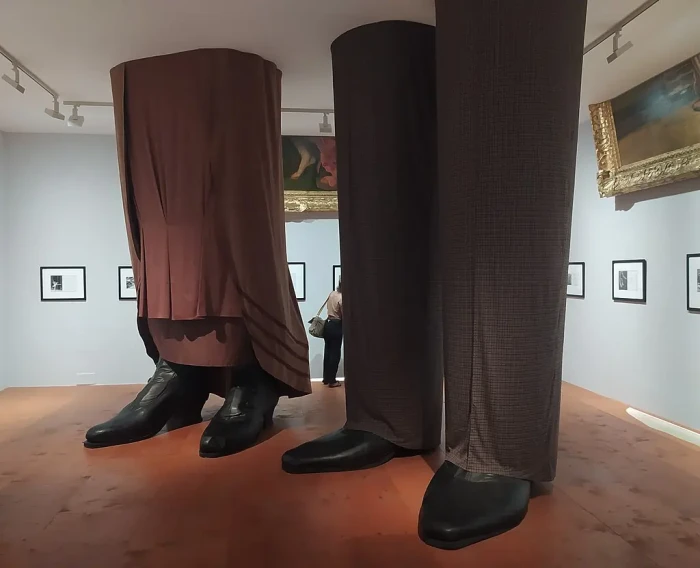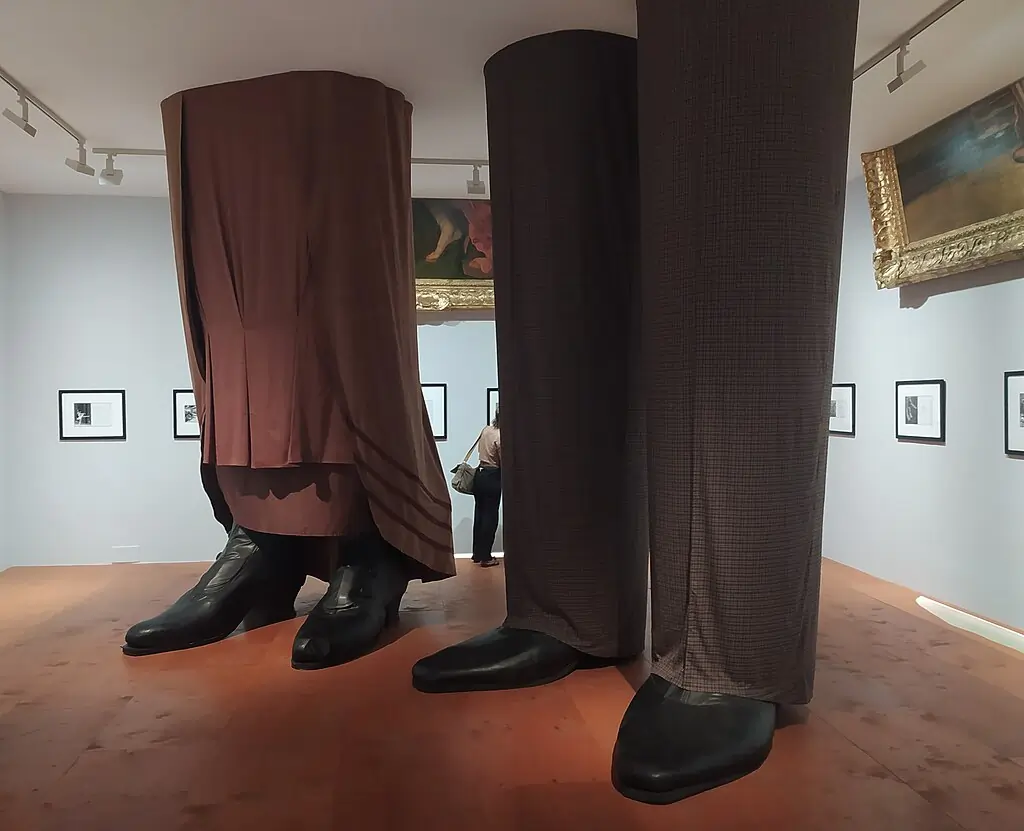MUST READ ART BLOGS
6 Soviet Nonconformist Artists You Should Know About

Throughout the historical course of the Soviet Union, Slavic artists in the former Soviet Union went through hard trials to get recognized or to tell the tale of their life and their experience in the Soviet Union. Here are the most notable Soviet Nonconformist Artists.
Ilya Kabakov
Ilya Kabakov is a Jewish Russian-American conceptual artist and one of the greatest living artists in 2000; he is currently residing in America. After working in the former USSR for 30 years, he decided to settle down in Long Island. Known for his wide range of paintings, drawing, installations, theoretical texts, and especially extensive memoirs of his life from born till the 1980s, he recreated the visual culture, the birth, and death of the USSR through his own experience of the utopian vision and nostalgic feeling of the Soviet Union, which is expressed through fictional biography.
"The Man Who Flew into Space from His Room" by Ilya Kabakov, 1986 photo by Artem.G on Wikimedia, CC BY-SA 4.0, no changes have been made
Marc Chagall
Marc Chagall (Or Moishe Shagal) is a Russian-French modernist artist of Belarusian-Jewish descent. Described as the quintessential Jewish artist for his deep spiritual understanding and harmonious mixture of modern style and ancient knowledge, he is internationally well-known for his mixed influence of Hasidic Jewish culture and Russian mysticism in his modernism art. He expanded his artistic influence by incorporating various elements from many schools of art, including Cubism, Surrealism, Futurism, and many more.
All Saints Tudeley East Window 8 by Marc Chagall, photograph by Ian Alexander on Wikimedia, CC BY-SA 4.0, no changes have been made
Oskar Rabin
He is a Russian Jewish nonconformist painter. Initially working towards the theme of Soviet material life and its dramatic absurdity, he grew tired of the Soviet Union and gradually defy against the former Red state. He started the Bulldozer Exhibition in 1974, an unofficial art exhibition on a vacant lot in the Belyayevo urban forest, which was bulldozed by the authority and led to the revoking of his Russian citizenship and his emigration to Paris. He is unique for his distortion of perspective, his principles of deformation, and the destruction of large-scale relationships to demonstrate the banality of “modern man”.
Vladimir Nemukhin
Vladimir Nemukhin is a Russian artist, who along with Oskar Rabin, participate in the Bulldozer Exhibition. Among the first artists who rejected Socialist Realism, he was willing to explore new ways of expression and theme, which leaned towards the universal values and individualism in nature, leading him to his opposition against the authority's censorship. He was greatly influenced by the teaching of Pyotr Sokolov, his Abstract Art mentor, about Cubism, Impressionism, and Futurism.
Grisha Bruskin
Grisha Bruskin is a Russian Jewish contemporary artist whose style displayed in his paintings and sculpture of juxtaposing figures involves Jewish mysticism and Soviet Union-era symbols, including Judaic figures wearing Soviet uniforms, which sparked fierce controversy among critics and Soviet authority alike.
Dmitri Prigov
Dmitri Prigov is a dissident Russian writer and artist, who, for his distribution of poetic art on the street, was declared insane by the Soviet state and was sent to the psychiatric institution before he was free due to protest. He was famous as the leader of conceptual art school, viewing performance as a form of art, exemplified by his poems on tin cans, and his introduction of “new sincerity”, a concept of art that breaks away from postmodernism irony, and cynicism.
Soviet artists
You can learn more about the history of Central and Eastern European Contemporary Art here. You can also check out more artists from Central and Eastern Europe here and their work.
Which artwork has soviet influences?
Scratch to find out!
|
|
|
|---|
CHECK OUT OUR BEST BLOGS

.webp)

.webp)
.webp)
.webp)
.webp)
.webp)

.webp)








.jpg)